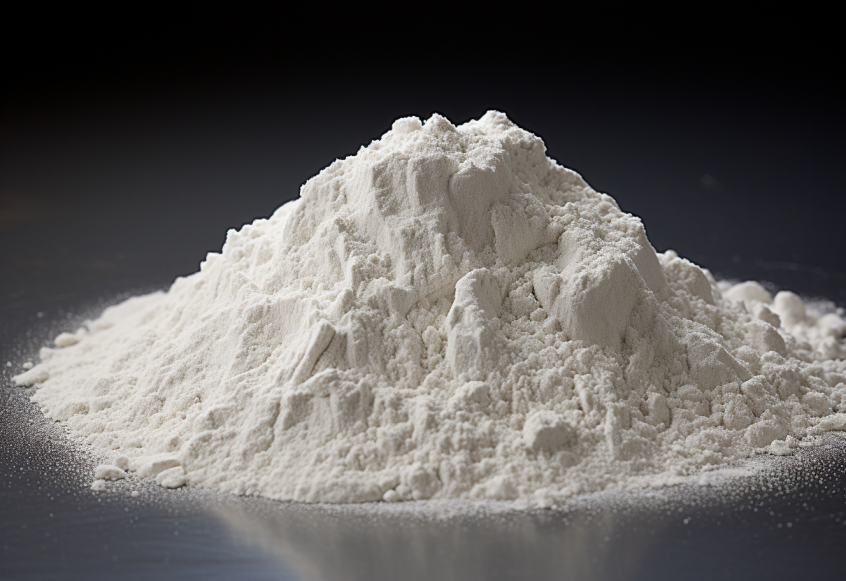
Ytterbium oxide, an essential rare earth oxide, is rapidly gaining recognition for its diverse range of applications. This material has been at the center of numerous innovations, driven by recent trends and developments in its utilization. In this article, we'll delve into the emerging trends and developments in the applications of ytterbium oxide.
Ytterbium oxide plays a pivotal role in laser technology. Recent innovations have led to the development of ytterbium-doped laser systems, which offer significant advantages over traditional lasers. These systems are highly efficient and versatile, catering to various fields such as medical, industrial, and defense applications.
The remarkable feature of ytterbium-doped lasers is their ability to produce high-power, ultra-short pulses of light. This technology has revolutionized fields like eye surgery, material processing, and precise measurements.
Relate: Using Ytterbium Oxide in Fiber Amplifiers and Lasers

In the realm of nuclear technology, ytterbium oxide is proving to be a vital component. The material's remarkable ability to capture and absorb thermal neutrons is gaining recognition in the development of next-generation nuclear reactors. Ytterbium's use as a control rod material enhances reactor safety and stability. With the world's growing energy needs, the application of ytterbium oxide in nuclear reactors is undoubtedly a significant innovation.
Related: Ytterbium Oxide for Nuclear Reactors
With the ever-increasing focus on renewable energy sources, ytterbium oxide has found its way into solar cell technology. Innovations in the synthesis and utilization of ytterbium oxide nanoparticles have enhanced the efficiency of solar cells. These nanoparticles are employed in luminescent solar concentrators, a technology that boosts the absorption of sunlight and its conversion into electricity. This innovation holds the promise of making solar energy more accessible and efficient.
Related: Ytterbium Oxide Powder for Solar Cells
Ytterbium oxide's applications in ceramics are also evolving. Advanced ceramics with ytterbium oxide additives are being used in various high-tech industries. These ceramics possess exceptional thermal and mechanical properties, making them ideal for demanding applications such as aerospace components and advanced semiconductor manufacturing. The introduction of ytterbium oxide in ceramics has opened new possibilities for cutting-edge technology.
Related: Yb2O3 in High-Temperature Ceramics
The methods for synthesizing ytterbium oxide are continuously evolving. Recent innovations have led to more environmentally friendly and cost-effective techniques. These advancements make ytterbium oxide more accessible for a broader range of applications. Improved synthesis processes ensure high purity and tailored properties, facilitating its integration into cutting-edge technologies.
The future prospects for ytterbium oxide appear promising. As technological innovations continue to drive industries forward, ytterbium oxide's unique properties make it a key player in these advancements. Its diverse applications in lasers, nuclear reactors, solar cells, ceramics, and more indicate a growing demand for this versatile material.
Ytterbium oxide is experiencing a renaissance in the world of materials science. Its remarkable properties and versatile applications have led to recent innovations and developments across various industries. As technology and research continue to advance, ytterbium oxide is poised to play an even more significant role in emerging trends and future developments.
For more information about ytterbium oxide materials and other rare earth oxides, please visit www.stanfordmaterials.com.
Eric Loewen
Eric Loewen graduated from the University of Illinois studying applied chemistry. His educational background gives him a broad base from which to approach many topics. He has been working with topics about advanced materials for over 5 years at Stanford Materials Corporation (SMC). His main purpose in writing these articles is to provide a free, yet quality resource for readers. He welcomes feedback on typos, errors, or differences in opinion that readers come across.

 Inquiry List
Inquiry List


